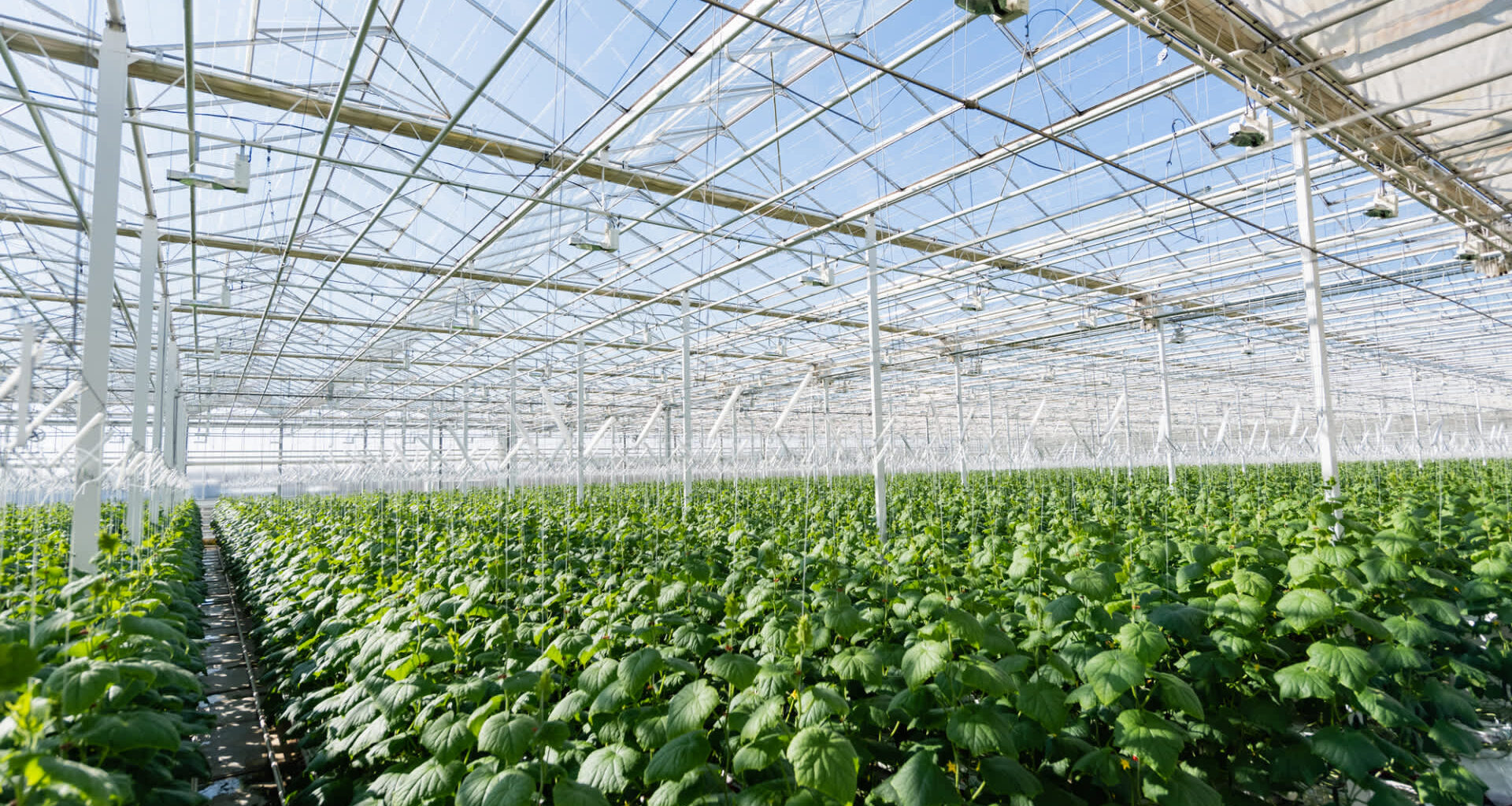Researchers have reinvented the classic “gene gun,” unveiling a breakthrough that could revolutionize how we grow food, reported Phys.org. This newly engineered device dramatically boosts the efficiency of genetic modification in crops, making it faster and easier to develop plants that can thrive amid climate challenges and support global food security.
Since 1988, scientists have relied on the gene gun to deliver DNA into plants by firing microscopic particles coated with genetic material directly into plant cells. While groundbreaking, the technique has long struggled with inefficiencies, inconsistent results, and damage caused by the high-speed particles. “We didn’t even know we had a problem,” said Kan Wang, an agronomist from Iowa State University. But that all changed when materials scientist Shan Jiang took a fresh look.
Jiang, whose postdoctoral work at Massachusetts Institute of Technology focused on delivering genetic therapies for human health, applied his expertise to plant science, a field often overlooked by engineers. He saw an opportunity to improve this decades-old technology by refining its internal mechanics.
“Very few materials scientists were working on plant cell delivery. Agriculture is always overlooked — people want to cure cancer,” he said.
After years of trial and error, the breakthrough came from a surprising place: computational fluid dynamics. The team discovered that a bottleneck inside the gene gun’s barrel was disrupting the flow of particles, leading to loss, uneven distribution, and slower speeds. By designing a new internal component, the “Flow Guiding Barrel,” and testing 3D-printed prototypes, they boosted performance by a staggering margin.
“It improved performance by 50%, then two, three, five, 10, 20 times,” Jiang said. “I was very shocked, to be honest with you.”
This upgrade means nearly 100% of particles now reach their target cells, compared to just 21% with the conventional design. Plant scientists saw efficiency improvements up to 22-fold in onions, 17-fold in maize seedlings, and doubled results using CRISPR genome editing in wheat.
Want to go solar but not sure who to trust? EnergySage has your back with free and transparent quotes from fully vetted providers that can help you save as much as $10k on installation.
To get started, just answer a few questions about your home — no phone number required. Within a day or two, EnergySage will email you the best local options for your needs, and their expert advisers can help you compare quotes and pick a winner.
Wang noted, “We’re able to work far more efficiently.” Yiping Qi, a University of Maryland plant scientist on the project, added that this innovation could simplify genome editing in multiple staple crops beyond wheat, such as barley and sorghum.
Beyond speeding up research, these advances could translate into more resilient crops that withstand more extreme heat and weather as well as pests, improve nutritional content, and reduce the environmental footprint of farming.
The Flow Guiding Barrel could save millions in research costs and shorten timeframes to bring enhanced crops to market, an urgent need as climate change threatens global food systems. “The benefits it can bring are invaluable,” Jiang said.
Join our free newsletter for easy tips to save more and waste less, and don’t miss this cool list of easy ways to help yourself while helping the planet.
TCD Picks » Upway Spotlight
💡Upway makes it easy to find discounts of up to 60% on premium e-bike brands


